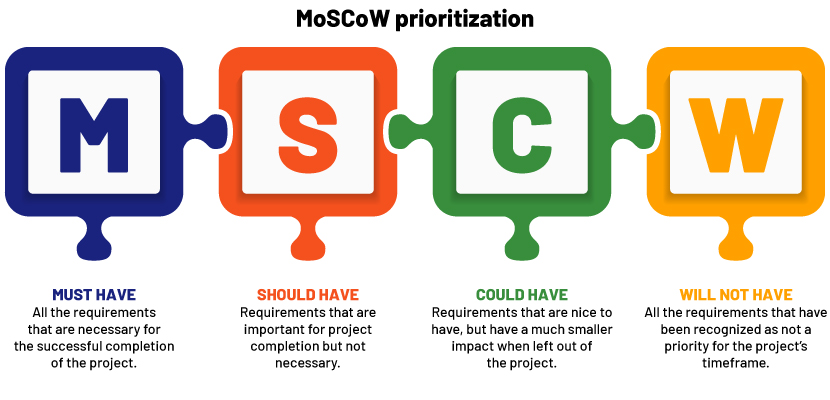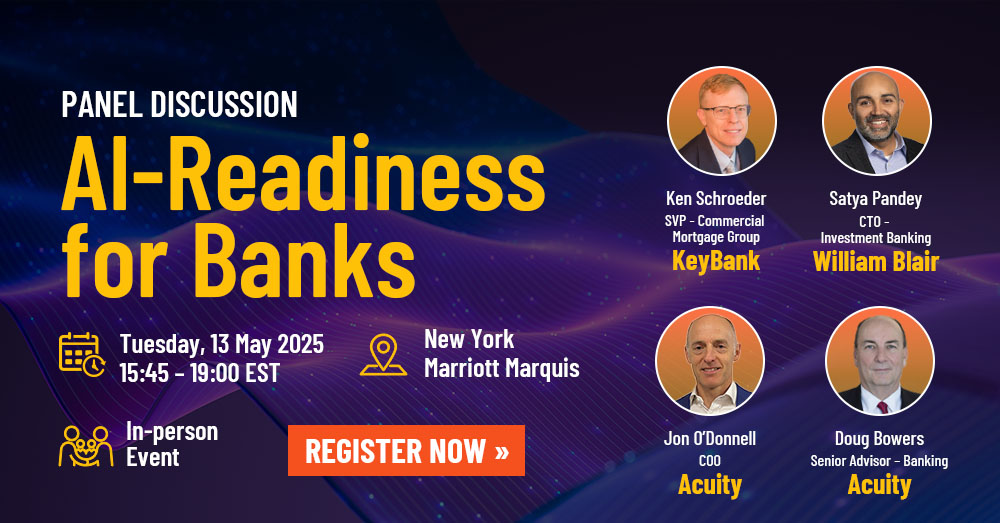Published on September 22, 2022 by Manoj Dilhan
With the business world taking better advantage of digital channels to connect with consumers in recent years, leading asset managers, too, are focusing on driving marketing strategies digitally. A company's digital and marketing departments play a critical role in managing asset ingestion, storage, dissemination and re-use. The tools and technologies that content and marketing teams use would determine the effectiveness of these teams’ strategies.1 Outdated technology can be costly in terms of wasted time and resources. Workflow issues are most often accepted rather than modernised and improved. Therefore, it is important to assess whether the tools and technologies are fit for the intended purpose before incorporating them into workflows. The right expertise in digital marketing can help manage this.2
Role of content management within digital marketing
Digital marketing enables organisations to connect with customers across the globe, opening new ventures for the brand. Functions within digital marketing can be accomplished through any electronic device such as a computer or mobile phone via the internet to promote brands among potential customers. One such function is content management, which helps keep online content up to date and optimised for maximum customer reach.
A content management system (CMS) is a software application that enables users to communicate, interact with and control access to information from a single interface. Businesses may maintain their websites without having to write HTML or CSS code every time they want to make a change thanks to such CMS platforms. This method provides simplicity and consistency. As a result, website owners looking to achieve operational efficiency rely on these platforms to save time and resources. For industries dealing with high volumes of sensitive data, such as finance, a content management system for financial services ensures regulatory compliance, secure data handling, and seamless content updates.
Web content management (WCM) systems are intended to make it simple for a company to get online. Content editing, versioning, media management, workflow customisation, template management, content approval and publication are just a few of the fundamental functions. While some content management systems contain WCM components, this is not always the case, and it is not essential.3
Getting information to the right people may be a challenge for any organisation and even more so for asset managers. Today's asset managers generate and distribute more information than ever before, including through prospectuses, fact sheets, commentaries, tax filings and other marketing material. Of course, you could engage an army of content managers to fulfil this time-consuming and tiresome task, but it is not always the best option. Investors want asset managers to provide them with current but tailored content, to be able to connect with the business on any device (mobile, tablet, desktop) and receive personalised content based on their financial requirements. Consider what would happen if a defunct product manager was still mentioned in a fund's single marketing material, which was believed to have been updated by all departments – this is not the image you want to project as an asset manager. To manage content more effectively and efficiently, asset managers should seek to use centralised CMSs.4
The dilemma: finding the correct tools
The content management system (CMS) is at the heart of every content marketing strategy. No matter how good your material is, if you cannot manage and publish it in a timely manner, it will not have half the impact expected. Because moving material from one CMS to another is a tedious, multi-phased task, an organisation should select the right CMS after careful consideration.
What features/functionality should you check for when selecting a CMS?5
Creating and publishing content
The most fundamental requirement is the ability to easily create, edit and publish content. It is also vital to have a user-friendly UI because the relevant teams will be using the system on a daily basis. The easier the CMS is to use, the more time you will have to concentrate on strategy.
Scalability of the CMS
Scalability is not a bonus feature; it is essential to any software's long-term worth. The majority of CMSs, from conventional to new headless systems, are not designed for scalability. The ultimate goal of a business is to grow, and growth of the business directly impacts the website. Basically, selecting a CMS with a hosting service with its own digital experience (DXP) service would enable you to expand your website as your business grows.
Content security
Hackers are attracted to open-source CMSs since there is no one directly accountable for them. Although WordPress, Drupal and other open-source CMS platforms have several advantages owing to their shared development style, they are built on open-source software, which is inherently not secured. Because asset managers deal with high volumes of sensitive data, using an enterprise CMS platform is advised, as it gives more control over the content and more dependable internal assistance.6
Multilingual content management
Markets struggled to reach their target audiences on a global scale prior to digitalisation. This barrier was broken with the aid of digital marketing, which allows easy communication with target audiences. However, no matter how good your material is, you will not be able to reach your target audience if you do not speak their language. Select a CMS solution with multilingual editing support, especially if you are an organisation with a global presence. This will help improve your search engine optimisation with localised URLs and metadata, ensure your website is relevant and discoverable in all countries in which you do business and comply with their laws and regulations.7
Personalisation
The current digital environment is dynamic. To reach a target audience, you need to provide the right content to the right people at the right time. An overload of generic, irrelevant information is not appealing. Personalisation enables the provision of information relevant to specific audience segments, helping them engage proactively with content and creating a better consumer relationship. If content, such as a blog, video or webinar, is relevant only to a certain segment of a target audience, such as financial professionals, personalisation can be altered to make it visible only to that group, enhancing the website's efficiency. This also prevents undesirable audiences from accessing the content.
SaaS vs hosted vs on-premise CMS
This is a decision asset managers need to make when choosing a CMS.
On-premise CMS
With an on-premise CMS, you will purchase a licence and host the program on your own server or the hosting provider's server. The CMS provider will be in charge of upgrading and maintaining the software, but you will be responsible for security and infrastructure upgrades. Now, however, this almost means "self-hosted", implying that even if your server is hosted by an external source, it is still considered to be on-premise.
Hosted CMS
A cloud-hosted service licence can be bought and then installed at a data centre or web host where you rent server space. This works in the same way as an on-premise CMS, but is hosted on third-party servers that you do not have access to. If the web host meets the server requirements, any on-premise system may, typically, be converted to a hosted solution.
SaaS CMS
Software as a service (SaaS) CMS has increased in popularity in recent years. SaaS operates similar to any program we use on a daily basis, such as Google Docs, Gmail or Salesforce. You would have to pay only a monthly or yearly subscription fee. All required tasks, such as maintaining and updating the service, would be handled by the CMS provider. You can benefit from the vendor's upgrades because this is a pre-built system.
By far, SaaS costs the least of all three technologies mentioned above. You do not need to pay for any maintenance or infrastructure change; everything will be taken care of by the CMS provider remotely. It is also possible to opt out from the service at any time.
On the other hand, you lose control over your own server configuration and maintenance when you use an SaaS platform. In some cases, this means you would have less flexibility when it comes to setting up your system. Along the same lines as flexibility, there is always the concern that SaaS platforms would not allow you to have the same customisation, because you do not have access to the source code.8
Who should be involved in making the decision?
Before making the big decision, one of the first things to consider is “who” will work with the CMS. This sounds a lot easier than it appears. With continued growth of the organisation, the stakeholder aspect of the CMS also grows. In most organisations, the IT, Marketing (content, digital), Product and Sales teams are the major stakeholders involved in working with the CMS. Each stakeholder’s requirements will be different. The Creative team may require integration of a digital asset management (DAM) system; the Sales team may require CRM integration to capture user information entered through web forms and target online campaigns; and Product teams may require integration of fund data systems for dynamic product data feeds. However, in the vast majority of cases, the IT department will be responsible for finalising the infrastructure and logic in the CMS.
Users of the CMS, the Digital team, on the other hand, cannot always rely on the IT team to make changes to the CMS logic and infrastructure to accommodate content requirements once the system has been set up. The Marketing and Product teams can and will have various needs, which could lead to disputes when deciding what to implement and what not to implement. To avoid such situations, it is important to choose a CMS that allows for development in all areas. This would help improve the user experience from both the client perspective and the business perspective in the long run. Like any system, every requirement is not 100% feasible; therefore, prioritising the requirements of each team using the MoSCoW method would be helpful in decision making.
Internal politics is the main reason for the failure of most web content management initiatives, according to a survey conducted by Forrester.9

Benefits of choosing digitalisation and web content management with the right tools
Asset managers, unlike other organisations, deal with thousands of data records. The quality, accuracy and timeliness of data (e.g., fund performance data) are critical, as they impact business significantly. Updating such time-sensitive data manually whenever there is an update can be exhausting. Hence, an asset manager could connect its CMS to an external or internal data centre/database that enables dynamic data feeds and avoid manual updates. Other than managing such data in physical form, converting it into a digital form enables access at any time. Keeping data in physical form poses constant risks such as theft, human error and loss of records. In addition, physical space and manual labour are required to store and organise such records, making managing such data very costly.
A CMS enables multiple users to collaborate and work on a single piece of content with ease. For a team of employees, it would define user roles and permission, preventing users from accidentally changing something they should not.
Mobile device use has now overtaken desktop use.10 As a result, most CMS platforms are now mobile-friendly. However, to reach a wider audience, it is essential to ensure the themes, add-ons and plugins used in the CMS are also compatible with the mobile version.
A content/component repurposing strategy needs to be in place to get the most out of your CMS and avoid the time-consuming job of making revisions on multiple locations of the CMS for a minor site edit. Simply put, if you have a disclosure repository and a disclosure that applies to all funds, you could use a single component in all of those fund pages. And if there is an edit to that disclosure language, such as the copyright year, you could update it in the repository in a single location, and all funds with that disclosure will be updated immediately.
We cannot forget about search engine optimisation (SEO) when it comes to any type of website. It is crucial for attracting visitors and prospective leads to a website. It is simpler to optimise a site for Google and other search engines when you use a CMS. Title tags, meta descriptions, keywords, search-friendly URLs and other SEO elements can all be updated. A CMS will not be able to replace your SEO or digital marketing staff, but it can assist in executing fundamental SEO techniques that would otherwise consume a lot of time.
Keeping content and marketing collateral up to date with the latest market trends should be a top priority in any industry. If a new product or technology is introduced, you must respond fast to take advantage of the chance to stay relevant. The best part of using content management software is that you would not have to wait for updates from your website's administrator or developer. You have the option of making your own edits. After hitting the Save button, all changes will be saved to the website, and you would be able to see the latest content in real time.
In summary
Every content marketing strategy relies on a CMS. No matter how fantastic your content is, if you cannot manage and distribute it, it would not have the desired impact. The most basic requirement of a CMS is that it makes it simple to produce, update and publish material. Because you will be using the system regularly, it is also critical to choose a CMS wisely; it is prudent to select one that also has a user-friendly UI. The more straightforward it is to use, the more time you will have to focus on your marketing strategy.
How Acuity Knowledge Partners can help
We offer complete digital marketing solutions for asset managers, wealth managers and other financial sector service providers. Our publishing and web content management experts have the domain and technical knowledge required to support maintenance of content, developing web pages and selecting the right tools and platforms.
We provide a comprehensive strategy for all digital marketing initiatives, helping our clients' marketing and digital teams attract more traffic to their websites. We increase a brand’s digital footprint across the user journey, website quality and performance through personalising digital marketing content to suit user expectations, helping asset managers expand their brand reach.
Sources:
-
https://www.broadridge.com/article/a-data-driven-approach-to-content-management
-
https://www.cmswire.com/cms/customer-experience/forrester-report-finds-enterprise
-
https://www.broadbandsearch.net/blog/mobile-desktop-internet-usage-statistics
Tags:
What's your view?
About the Author
Manoj has over 4 years of experience managing web content and works as a Senior Associate in Fund Marketing Services at Acuity Knowledge Partners. He currently supports one of the top asset managers in both web content management and email marketing. Manoj has a BSc in Software Engineering from Cardiff Metropolitan University.
Like the way we think?
Next time we post something new, we'll send it to your inbox








